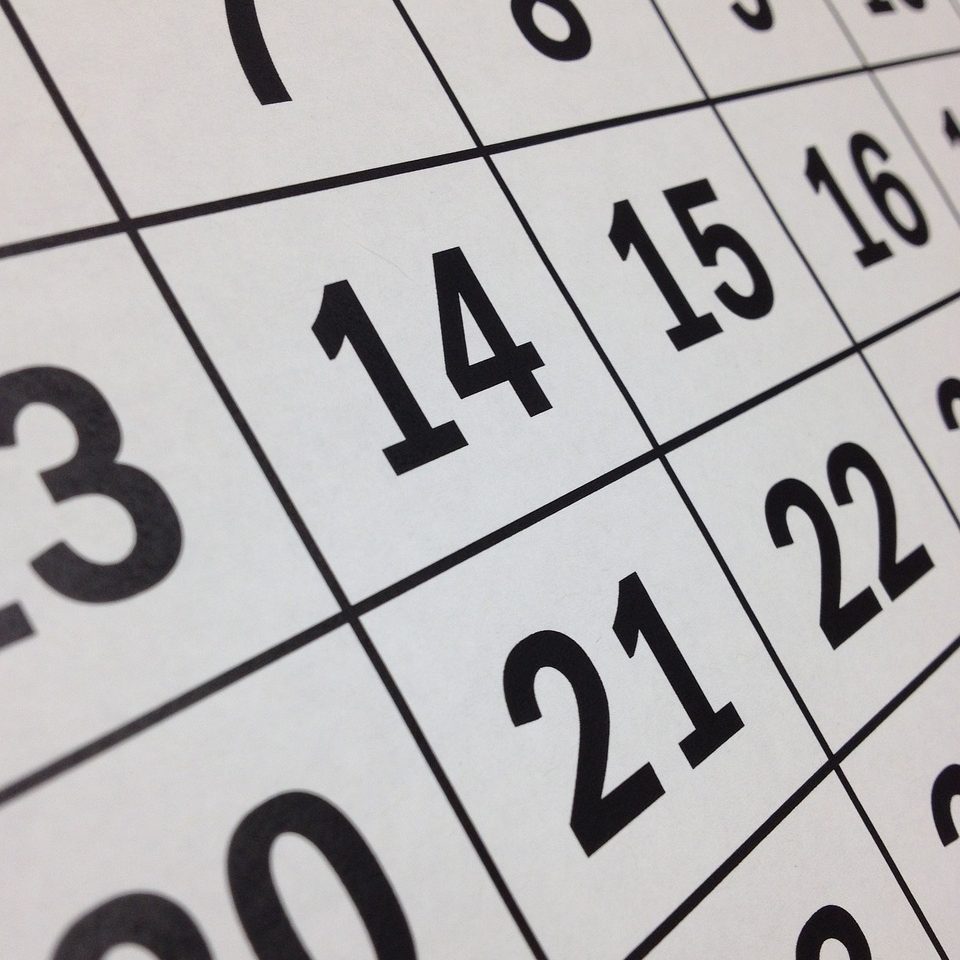Ever true to his origins, Jean-Marie Le Pen liked to say that his surname meant ‘boss’ in Breton. Yet it is ironic to hear his enemies and detractors now calling him that. An intelligent man and a cunning politician, he was also ironic, and he often used irony as a weapon in verbal confrontations.
His career was as difficult as it was formidable: from his humble beginnings to his election as MP when he was just 27 years old; from his experience as a volunteer fighter to the founding of the Front National (FN); from 1972 onwards until he reached the second round of the presidential elections, 30 years later, to general astonishment. He inspired passion and hatred, and he suffered political, personal, and family attacks; but he never gave up.
The press was eager to see his failures, but Le Pen was able to combine erudition with truculence into a combative eloquence. Unsurprisingly, he became a media phenomenon and an important political figure in France and Europe. He was an inspiration for many European movements and parties. It is therefore easy to understand why a man who had lived through war and political struggle with the greatest of his time would regard today’s politicians in the way that a giant would view a bunch of dwarfs.
In 1997, in Libération, Jean Baudrillard wrote that “The only political discourse in France today is that of Le Pen. All the others are moral and pedagogical, the rhetoric of teachers and lecturers, managers and programmers.” He made mistakes and excesses, he was uncompromising, provocative and aggressive, but he always defended his France, his people, and his civilization. He was eternal in resistance.

There is an iconic poster from the 1990s, made by the FN Youth, showing…

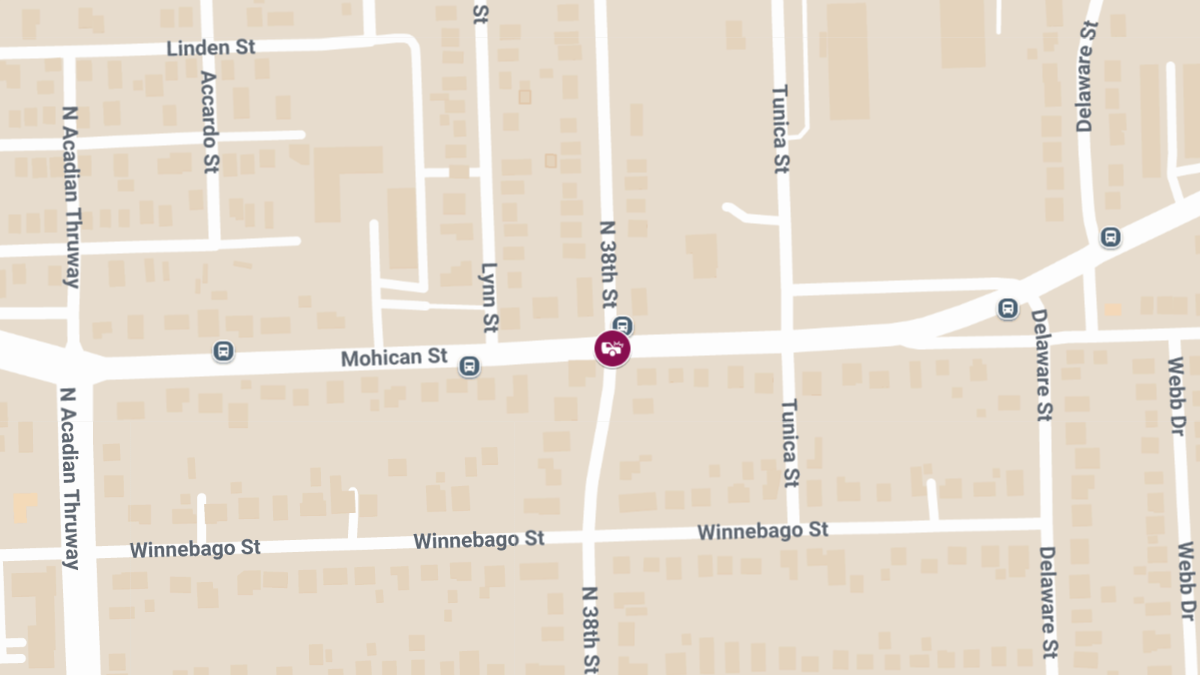

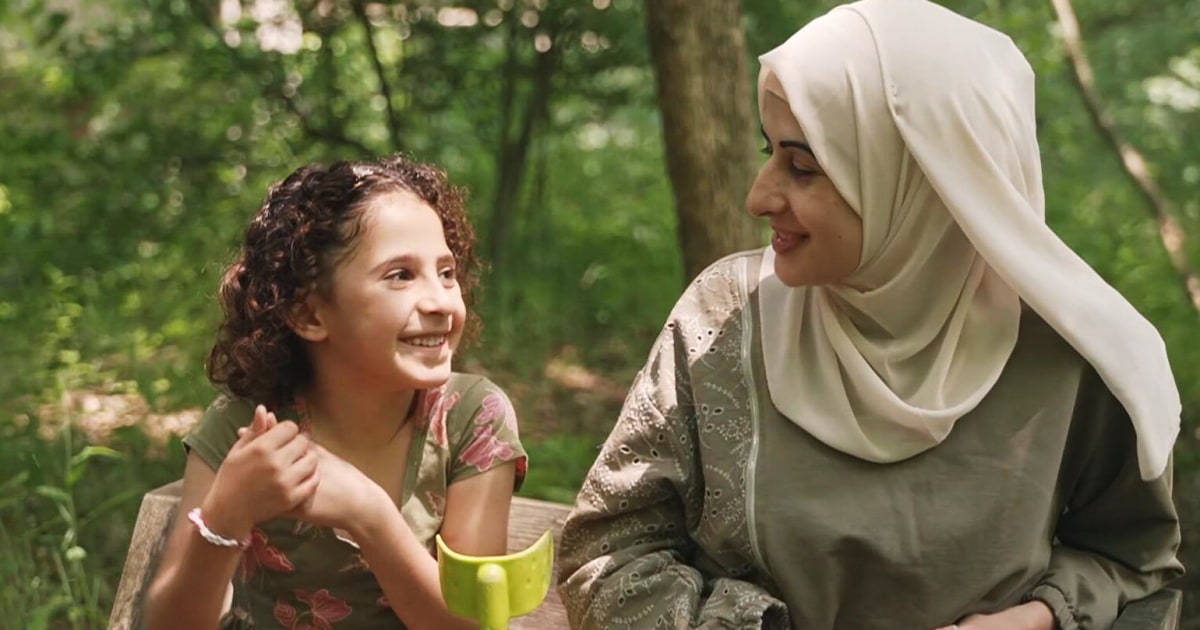
 Huda Alkordi and her daughter Qamar.NBC News
Huda Alkordi and her daughter Qamar.NBC News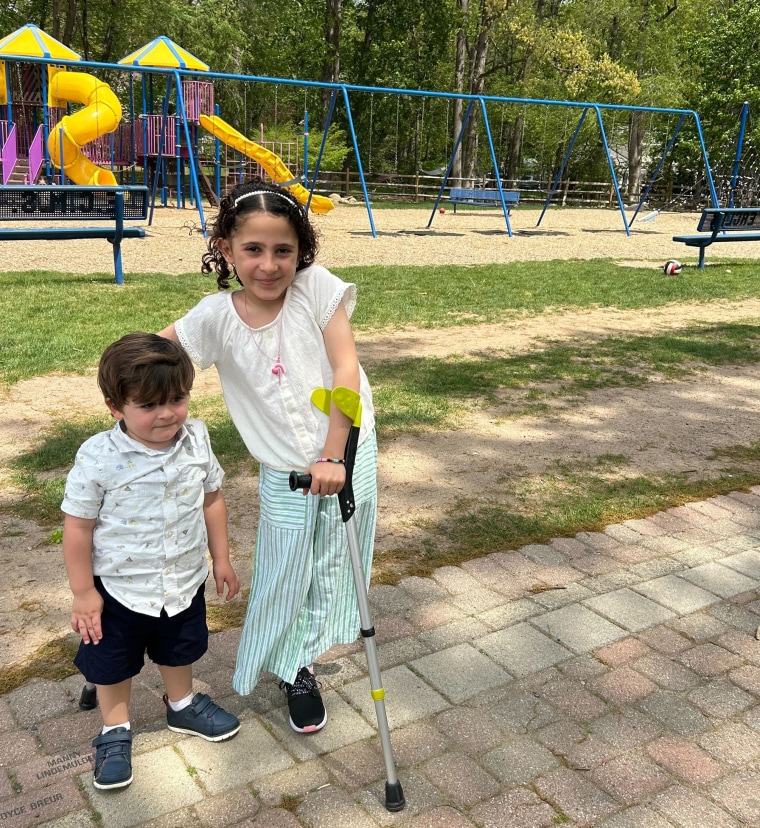 Qamar Alkordi with her brother.
Qamar Alkordi with her brother.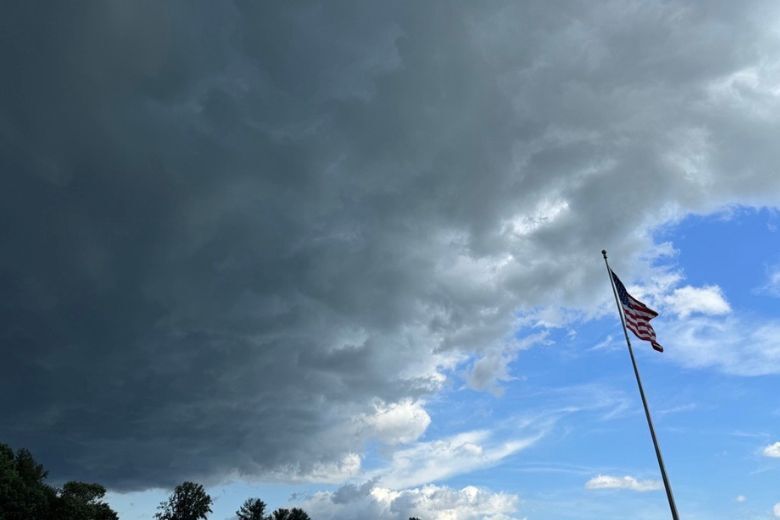
 Chevy Chase Parkway NW blocked by oak tree and power lines in the roadway. (WTOP/Dave Dildine)
Chevy Chase Parkway NW blocked by oak tree and power lines in the roadway. (WTOP/Dave Dildine) 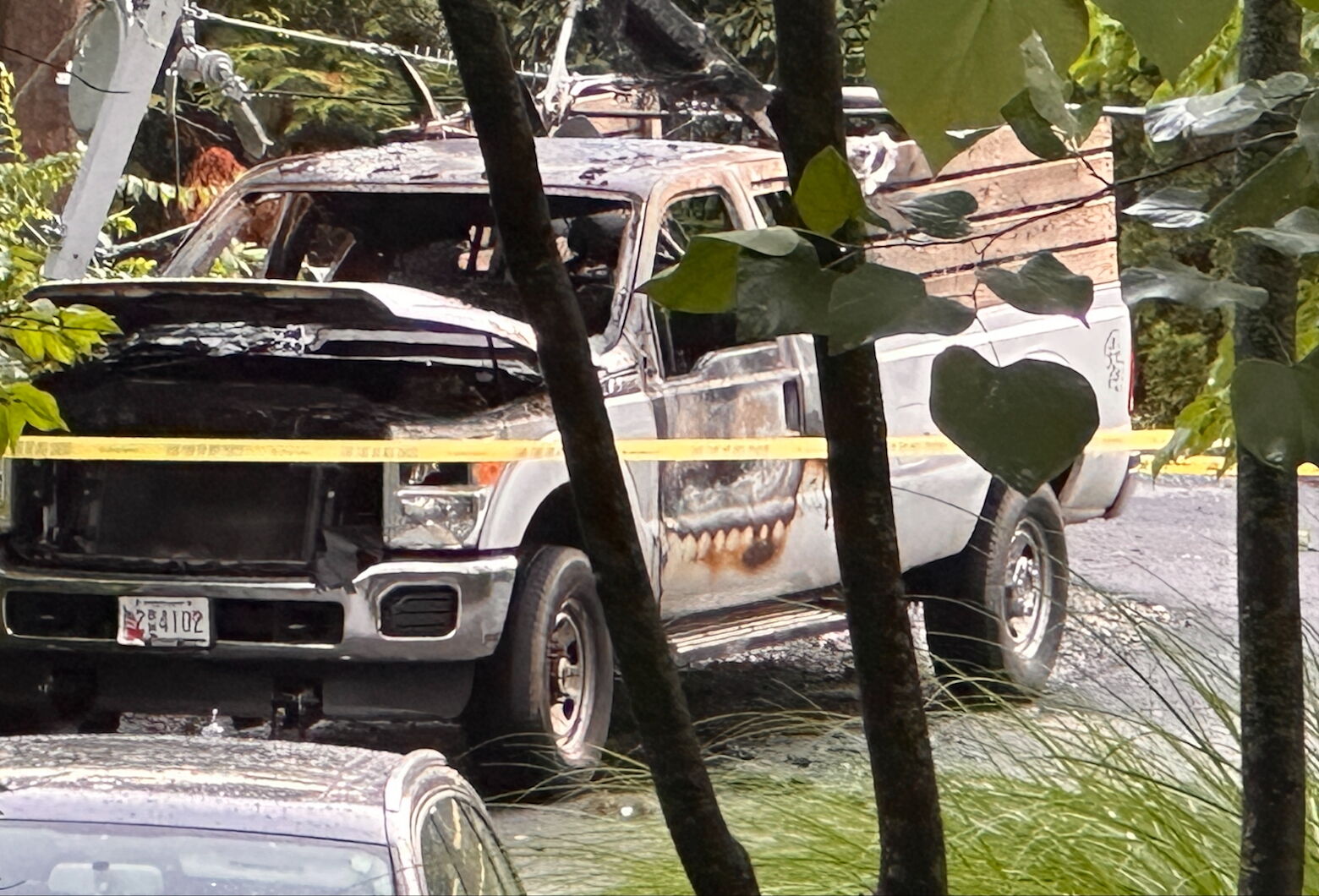 A truck in the Mohican Hills neighborhood in Bethesda, Maryland, after it caught on fire following a storm Thursday. (WTOP/Jimmy Alexander)
A truck in the Mohican Hills neighborhood in Bethesda, Maryland, after it caught on fire following a storm Thursday. (WTOP/Jimmy Alexander) 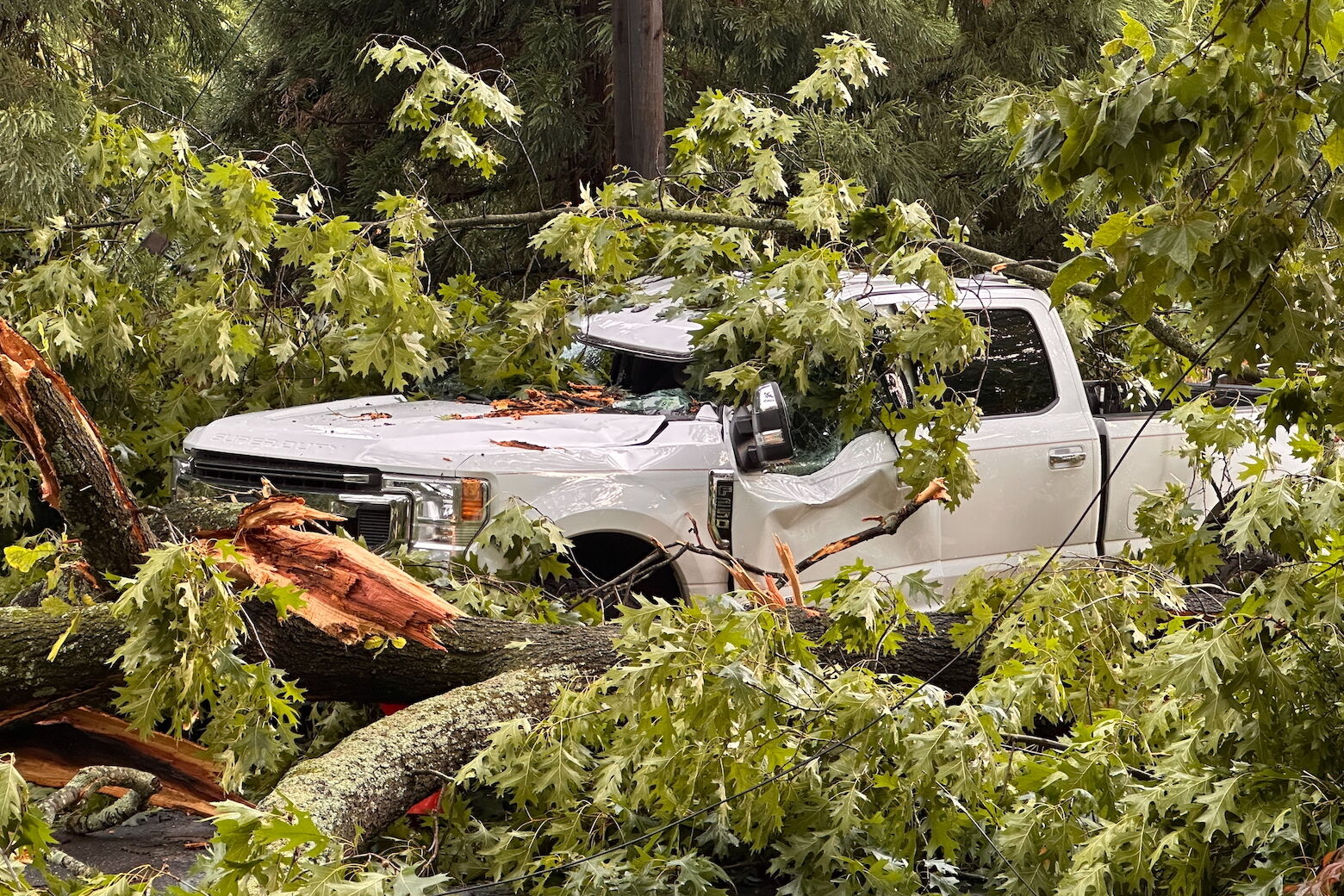 A truck in Mohican Hills in Bethesda, Maryland, after it caught on fire following a storm Thursday. (WTOP/Jimmy Alexander)
A truck in Mohican Hills in Bethesda, Maryland, after it caught on fire following a storm Thursday. (WTOP/Jimmy Alexander)  A house is damaged in Potomac, Maryland, after the severe storm that came through the area Thursday. (WTOP/Mike Murillo)
A house is damaged in Potomac, Maryland, after the severe storm that came through the area Thursday. (WTOP/Mike Murillo)  A photo of storm clouds in Culpeper, Virginia, on June 19, 2025. (Courtesy WTOP listener)
A photo of storm clouds in Culpeper, Virginia, on June 19, 2025. (Courtesy WTOP listener)  A photo of the storm in Chevy Chase, Maryland, around 4:30 p.m. (WTOP/Abigail Constantino)
A photo of the storm in Chevy Chase, Maryland, around 4:30 p.m. (WTOP/Abigail Constantino)  Tree down on Riggs Road between Adelphi and 25th, blocking one lane with power lines also in the road. (Courtesy Jessica Mack)
Tree down on Riggs Road between Adelphi and 25th, blocking one lane with power lines also in the road. (Courtesy Jessica Mack)  Downed tree crashes into Vienna, Virginia, home. (Courtesy Barnaby Harkins)
Downed tree crashes into Vienna, Virginia, home. (Courtesy Barnaby Harkins)  A downed tree spears through the roof of a Vienna, Virginia, home. (Courtesy Barnaby Harkins)
A downed tree spears through the roof of a Vienna, Virginia, home. (Courtesy Barnaby Harkins)  The view of the Washington Monument before the storm Thursday from downtown D.C. (Courtesy Christina Dixon)
The view of the Washington Monument before the storm Thursday from downtown D.C. (Courtesy Christina Dixon)  Downed tree in the Glover Park neighborhood of D.C. (Courtesy Nick Nguyen)…
Downed tree in the Glover Park neighborhood of D.C. (Courtesy Nick Nguyen)…
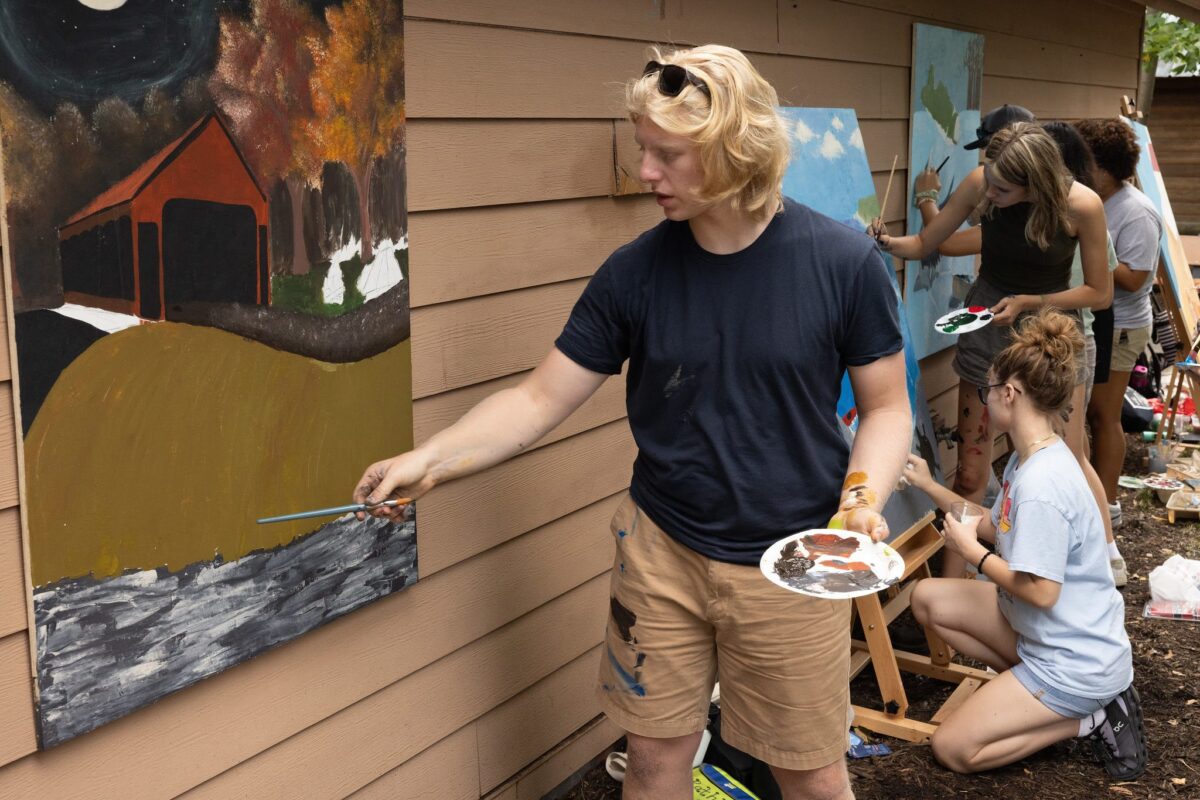


 In perhaps one of the most egregious incidents of tree destruction that we’ve seen, Mohican Trail residents removed 66 trees on a steep slope to accommodate a basketball court.
In perhaps one of the most egregious incidents of tree destruction that we’ve seen, Mohican Trail residents removed 66 trees on a steep slope to accommodate a basketball court.
